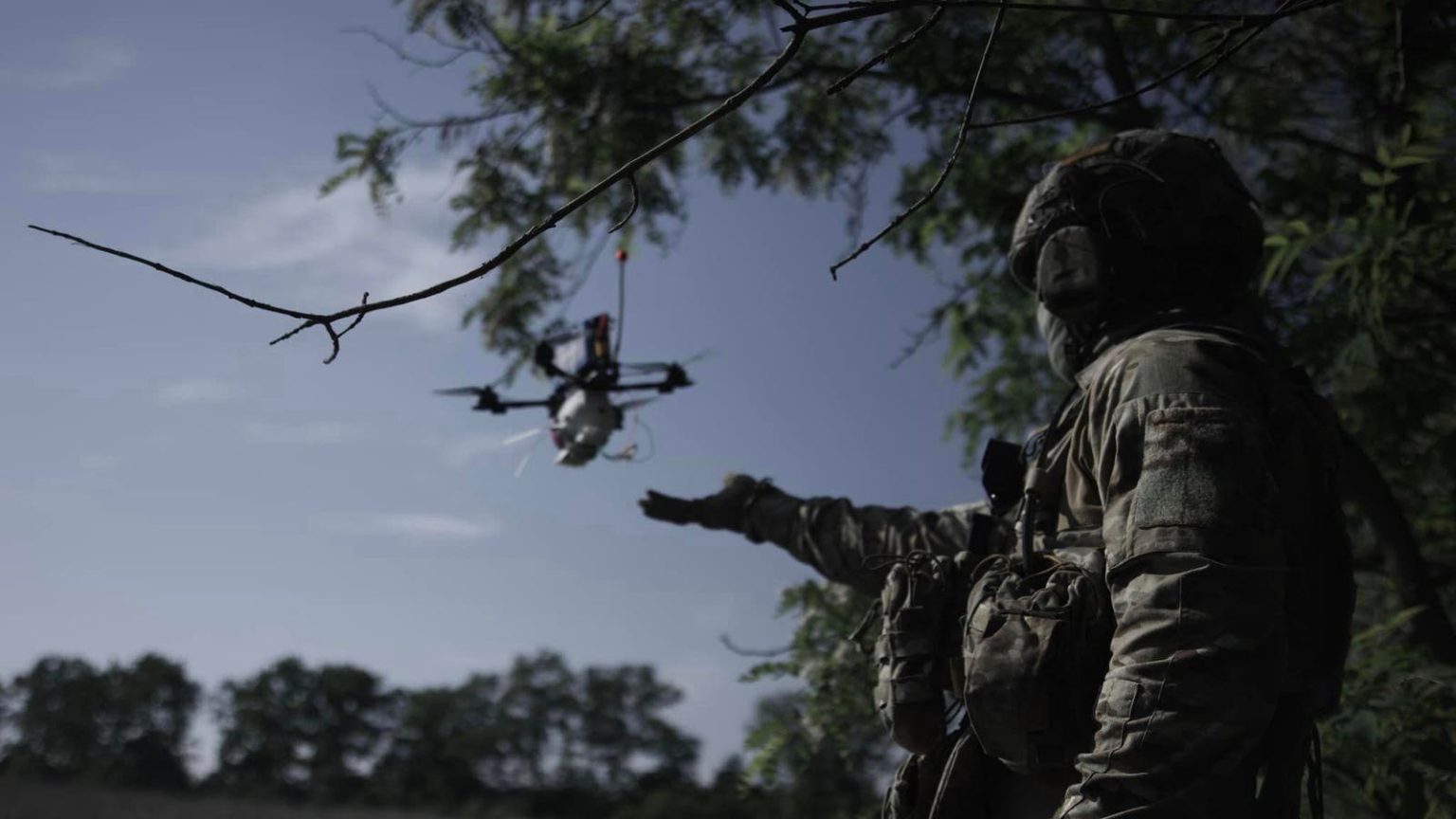Ukrainian forces damaged or destroyed more than a hundred Russian vehicles on Tuesday while losing just 30 or so, according to analyst Andrew Perpetua.
It was a nearly record-high number of daily losses for the Russians—and also a nearly record-high gap between Russian and Ukrainian losses in a single day.
Ukraine’s explosive first-person-view drones are largely responsible for the carnage, if Perpetua’s tally is accurate. More than 70 of the approximately 100 strikes on Russian vehicles involved the $500 drones, which Ukrainians deploy at a rate of 100,000 or more a month.
The Russians seem to be incapable of blocking Ukrainian drone strikes. A recent Russian confessional hints at why. While Russian industry produces a wide array of anti-drone radio jammers—which, in theory, block the signals between drones and their operators—many of these jammers simply don’t work.
A $2,400 jammer peddled by at least one popular Russian social media channel is worse than useless, according to one enraged Russian blogger. It inspires false confidence among front-line troops—and gets them killed by drones. “It is even scary to imagine how many people died, falsely hoping,” the blogger wrote.
The multi-frequency jammer the blogger disassembled and inspected isn’t the first ineffective Russian drone jammer to show up on the front line of Russia’s 28-month wider war on Ukraine. In early April, a Ukrainian brigade staged a daring three-night raid to steal an immobilized Russian tank sporting a new jammer—only to discover the jammer didn’t work very well.
The blogger’s jammer might be the worst of these bad devices, however. The blogger identified a “huge list of technical errors” and also criticized the jammer’s “weight and size [and] the carrying handle that breaks.”
Among those technical errors are mismatched and improperly aligned antennae. In a properly built jammer, the antennae are the right shape and size—and pointed in the right direction—to broadcast radio noise that should, in concept, overpower drones’ own radio links over a wide area.
In the $2,400 jammer, there are several radio emitters, each tuned to the frequency range of a specific drone type—either low-flying FPV attack drones or higher-flying surveillance drones.
The problem is that many of the antennae for the FPV drones point up, even though FPV drones tend to attack from the side. And one of the upward-pointing antennae is fixed in place instead of adjustable, as if the designers “wanted to shoot a powerful beam right above.”
The fixed antenna would only work if enemy operators obliged by carefully positioning their drones in that narrow zone directly overhead of the jammer.
Radio jammers generate a lot of heat, which is why their designers usually devote a lot of attention to various mechanisms for cooling the jammers. Not so the designers of the new Russian system. The main cooler is a simple fan bolted to the inside of the plastic case.
Worse, there are no vents through which the fan might draw cool air—and vent hot air. Once switched on, the jammer quickly turns into “a blast furnace,” according to the blogger. The jammer becomes too hot to touch and components degrade. As ineffective as the system is when it’s intact, it’s far worse when it’s melting.
The Russian influencers peddling the nonfunctional jammer “kill our soldiers for your money,” the blogger wrote. And Ukrainian drone operators “fly over this ‘miracle’—and laugh.”
Sources:
1. Andrew Perpetua: https://x.com/AndrewPerpetua/status/1803321818117226828
2. War Translated: https://x.com/wartranslated/status/1803032225648136552
3. Telegraph: https://telegra.ph/Kak-Dva-Majora-Borej-i-Roman-S-ubivayut-nashih-soldat-za-vashi-dengi-06-17
Read the full article here





